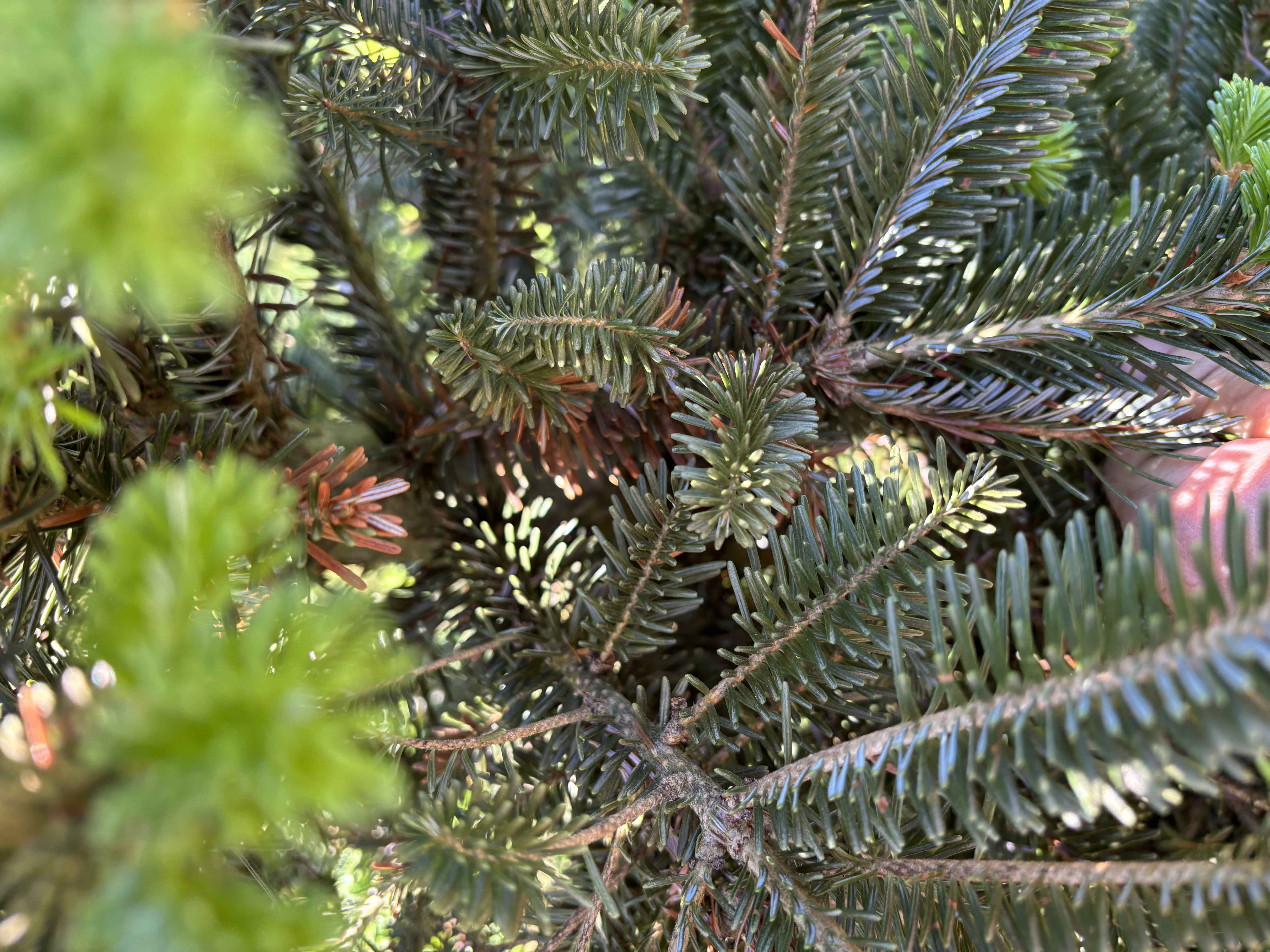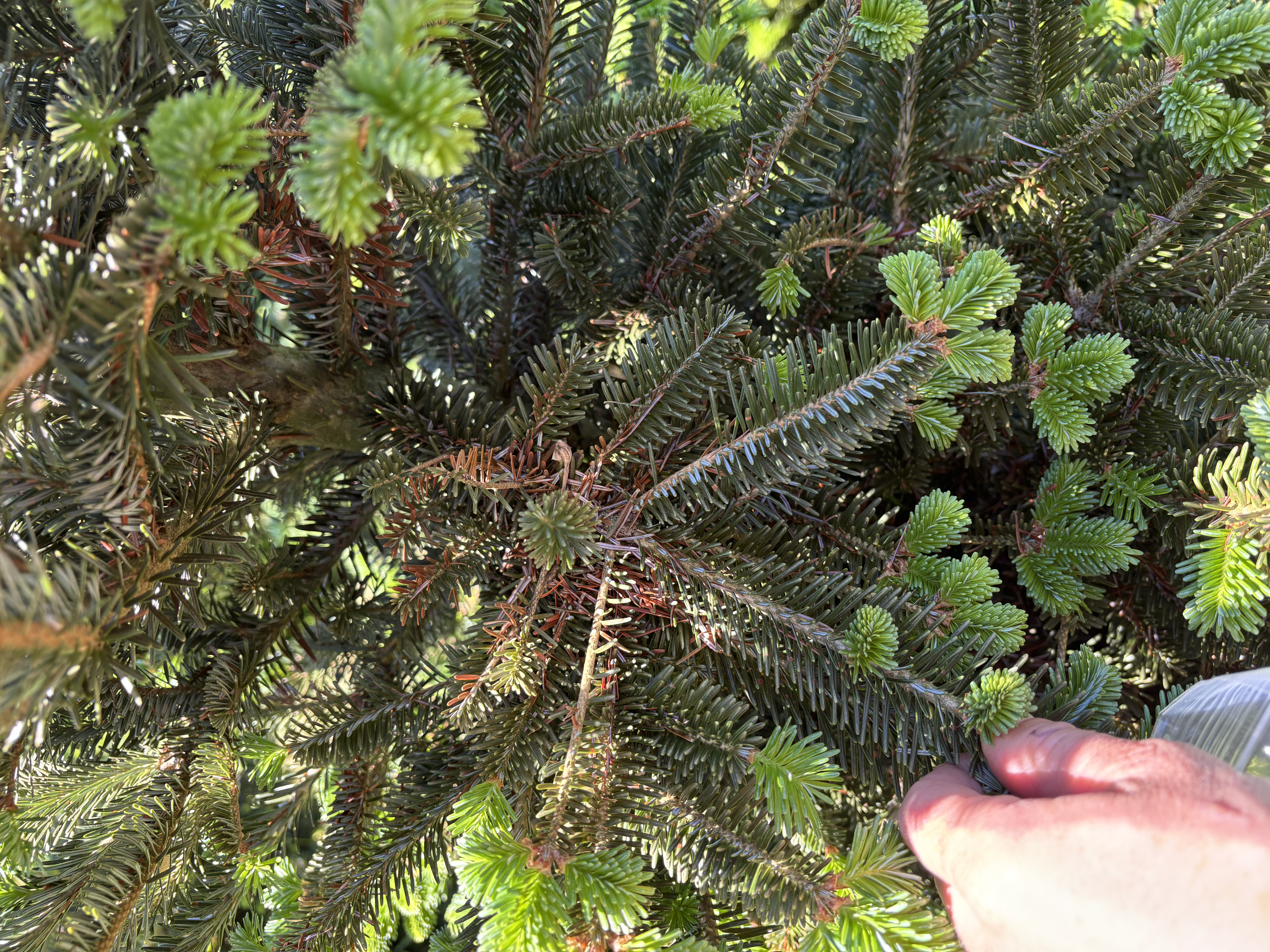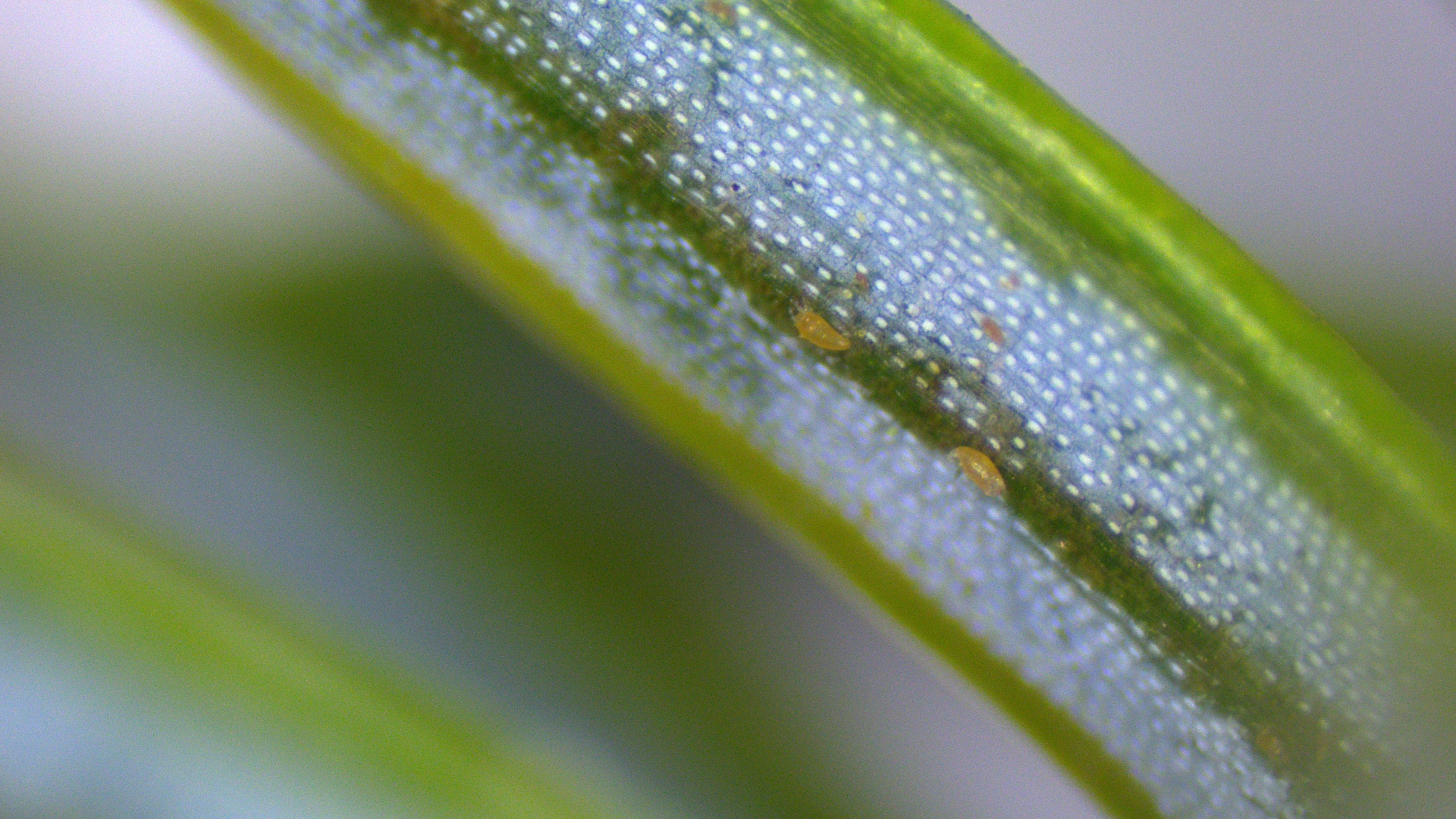Rust Mite Check
go.ncsu.edu/readext?1074268
en Español / em Português
El inglés es el idioma de control de esta página. En la medida en que haya algún conflicto entre la traducción al inglés y la traducción, el inglés prevalece.
Al hacer clic en el enlace de traducción se activa un servicio de traducción gratuito para convertir la página al español. Al igual que con cualquier traducción por Internet, la conversión no es sensible al contexto y puede que no traduzca el texto en su significado original. NC State Extension no garantiza la exactitud del texto traducido. Por favor, tenga en cuenta que algunas aplicaciones y/o servicios pueden no funcionar como se espera cuando se traducen.
Português
Inglês é o idioma de controle desta página. Na medida que haja algum conflito entre o texto original em Inglês e a tradução, o Inglês prevalece.
Ao clicar no link de tradução, um serviço gratuito de tradução será ativado para converter a página para o Português. Como em qualquer tradução pela internet, a conversão não é sensivel ao contexto e pode não ocorrer a tradução para o significado orginal. O serviço de Extensão da Carolina do Norte (NC State Extension) não garante a exatidão do texto traduzido. Por favor, observe que algumas funções ou serviços podem não funcionar como esperado após a tradução.
English
English is the controlling language of this page. To the extent there is any conflict between the English text and the translation, English controls.
Clicking on the translation link activates a free translation service to convert the page to Spanish. As with any Internet translation, the conversion is not context-sensitive and may not translate the text to its original meaning. NC State Extension does not guarantee the accuracy of the translated text. Please note that some applications and/or services may not function as expected when translated.
Collapse ▲Hemlock rust mite populations are are particularly high right now in some areas of WNC.
This week’s temperatures have been quite cool and our March was dry. Hemlock rust mite populations are known to decline in warmer weather, and evidence indicates that a parasitic fungus, Hirsutella thompsonii, can provide control in warm and humid temperatures .
Yesterday I was in a field in which some Fraser firs had extensive needle drop. The new growth on these trees was lush and healthy, but previous years’ growth was dry and brittle. Sivanto and Envidor had been sprayed at the end of April. Almost every needle in every tree in the field contained numerous dead rust mites. These trees will recover as new growth covers the bald spots, and we did not recommend another treatment to target the mites as we did not encounter living mites. (The grower did not scout earlier due to time constraints. His balsam twig aphid targeted-application of Sivanto was on time, but if he had known populations of hemlock rust mite were high he would have applied sooner.)
Many questions are raised by this field: did the rust mites cause this damage? If so, if the mites are dead and the needles are damaged, does that mean Envidor did kill the mites but was applied too late (or too early)? Or was population of rust mites just too high in this particular field for control to work in time for the trees to escape undamaged? Another possible factor was the fact that Sivanto/Envidor mix had been applied with foliar fertilizer. Mixes of pesticides or herbicides with foliar fertilizer can be dangerous to growth as salts left behind in evaporation can damage needles/leaves. Weather, aspect of the field, etc can affect damage. However, the farmer did apply this mix to other fields in the same time period without any resulting needle drop, and the pattern of trees with needle drop in the field was scattered.
Regardless, be sure to scout your trees this week and next for hemlock rust mites as temperature continue to stay mild.
As a side one: For those of you that are trying to keep costs at a minimum, remember Sulfur (Sulfur 6L) has also been shown to be an effective miticide control. However, use eye protection when spraying as this chemical can burn eyes. Also, continue taking your normal soil samples when using this chemical every year to appraise soil pH.
NOTE From Jerry Moody: If you did not add a miticide such as Envidor with your Balsam twig aphid spray, please consider scouting your fields to make sure none of your go to market inventory is approaching the threshold limit of: 80% of the trees have at least one mite and one needle of one sample having 8 mites.

Copper colored needles in a tree with very high (over 20 per needle) rust mite populations. photo: Jamie Bookwalter





